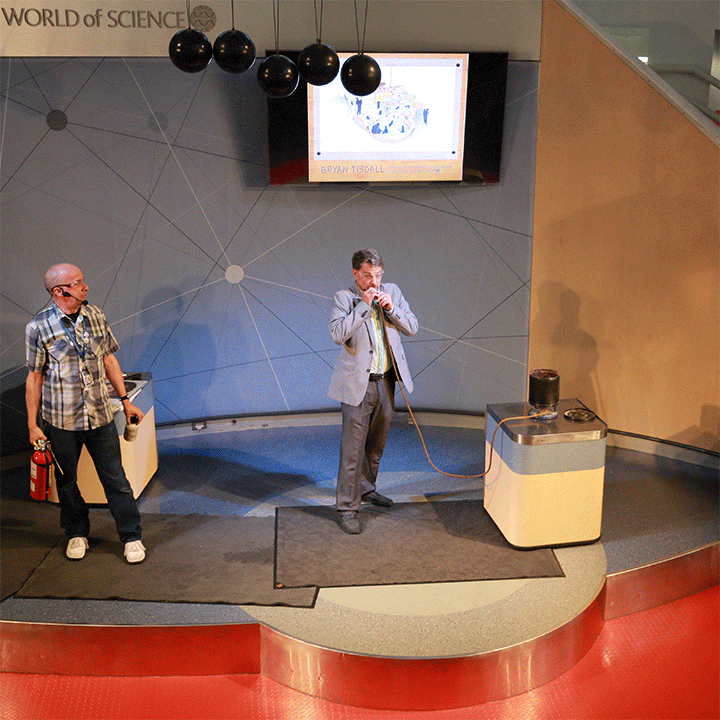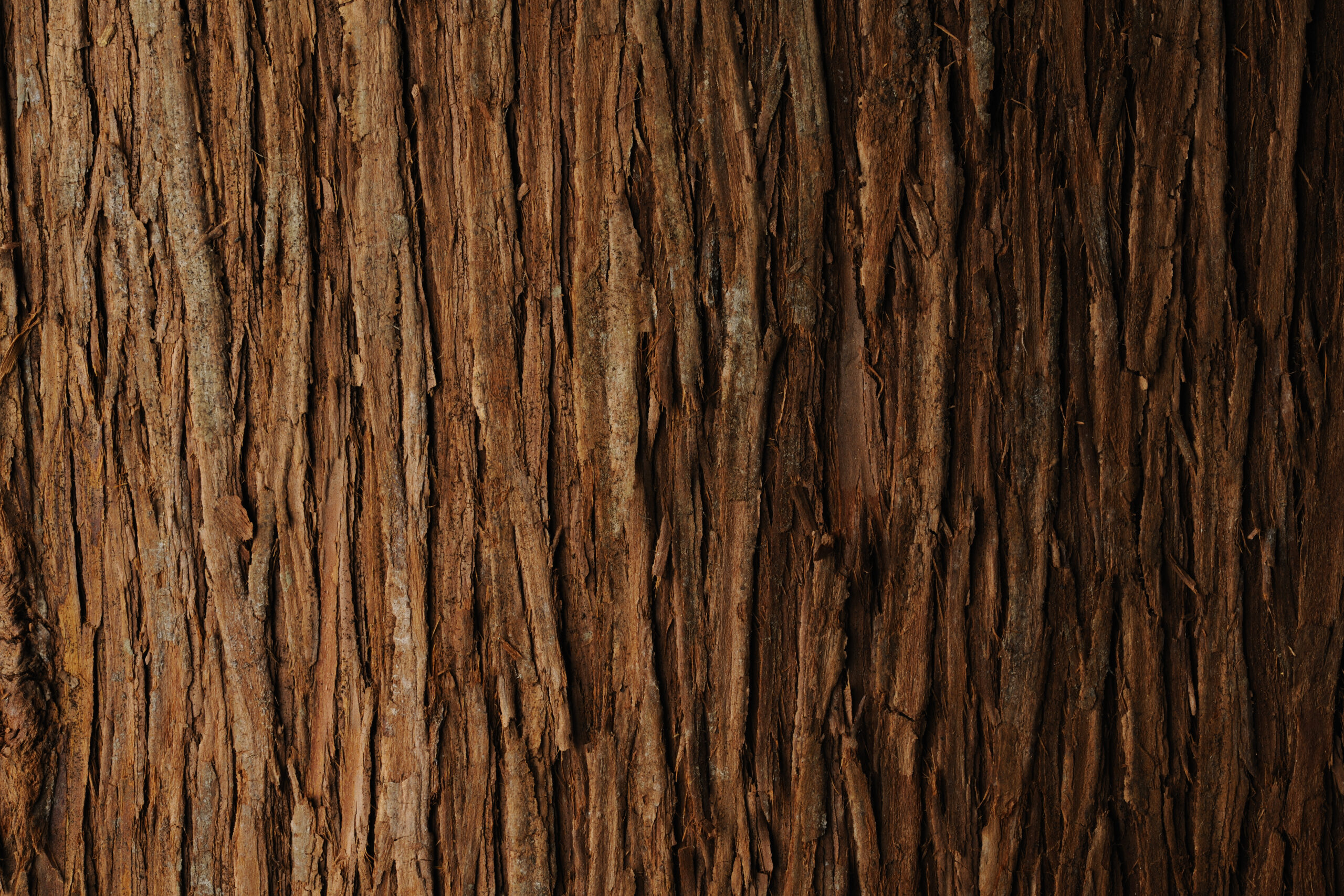Wildfires are a natural part of many of the ecosystems across the province, where lightning would burn small areas creating a “mosaic” of different types and ages of forests, says Justin Perry, who teaches forests and natural area land management at the British Columbia Institute of Technology.
Fire was important for forest health because it cleared out dying or sick trees and opened the canopy so new trees could grow.
Grassland would burn every five to 20 years and pine forests could burn every couple decades, he says.
Indigenous Peoples practiced cultural burnings, where experts would burn to revitalize an area, Perry says, who himself is a member of the Métis Nation of B.C.
Cultural burns were family and community events and helped manage the landscape long before settlers arrived.
Settlers made cultural burning illegal with the 1874 B.C. Bush Fire Act, switching the provincial strategy to preventing all wildfires for over 100 years.
This built up an enormous amount of fuel, Perry says.
“There’s these forests that are unhealthy, with tall trees that have very little spacing between them,” he says. Climate change is warming and drying out the forest, creating a “tinderbox” in some areas, where “fire is ready to burn and ready to burn very intensely.”
Around 45 per cent of public land in B.C. is at high or extreme threat of wildfire and fighting fires costs western Canada $1 billion every year.
That means wildfire season — and smokey summers — are going to get worse.
But here’s the thing: we can fight fire with fire.
Explore these fire resources

Watch our live Centre Stage show, FIRE & ICE!

Experiment at home with firefighting CO2 balloons.
Hands-on learning
What's one way cultural burning maintains forest health?
“We need less intense but more frequent fires to avoid the catastrophic fires that happen when it’s really hot out and our resources are strapped,” Perry says.
To do that we can have more cultural burns and prescribed burns in the early spring and late fall, when the air is cooler and there’s more moisture to slow fires down.
Prescribed burns are when experts burn areas to reduce the risk of severe fires.
While that might mean B.C. has more days with hazy skies, if done well it could mean wildfires will produce less carbon dioxide than if we exclusively suppressed fires, Perry says.
“In the summer when resources are strapped, you’re at the mercy of the atmosphere. But we can plan prescribed burns for when conditions are right. These burns are planned when the venting index Venting IndexA measure used in wildfire management and air quality assessments to determine the atmospheric conditions suitable for dissipating smoke and pollutants resulting from prescribed burns or wildfires. shows the atmosphere is more likely to dissipate the smoke.”
Perry says the first step to creating change is to educate people that not all wildfire is bad.
Fire season used to be from mid-July to August, but now it’s April to October and getting longer by one to two days per year, he says. That means less time to find the right weather for cultural and prescribed burns.
“The time for prescribed burns is shortening. This problem is going to be easier to solve the quicker we deal with it. It gets more expensive and complicated the more we wait.”
Want to learn more about climate science in BC?
Explore the unfolding science and timeless solutions for regenerating our planet at Change Reaction.
